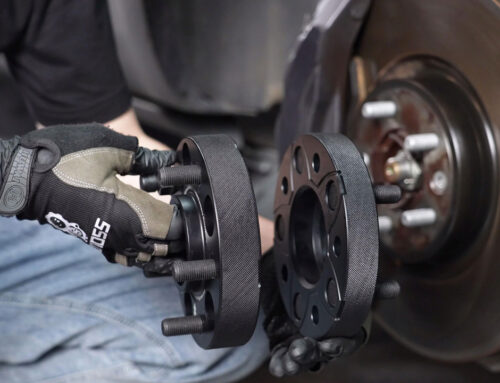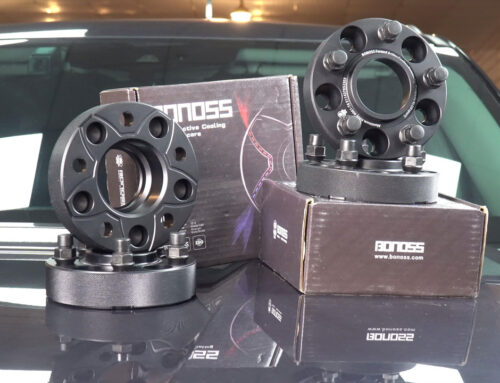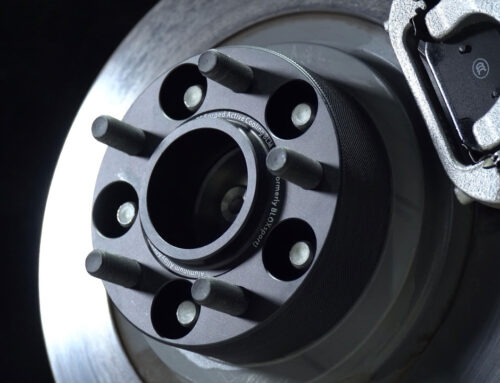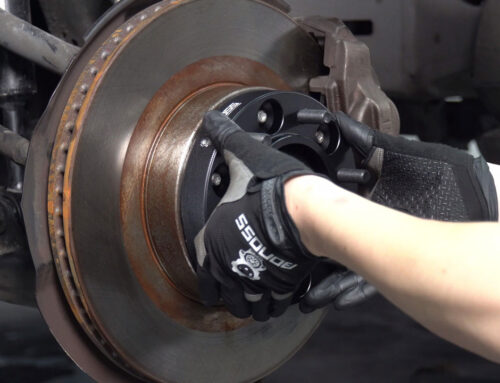If you’re planning to install a new magnetic oil drain plug for your vehicle, this tutorial may come in handy. Read on to learn how to install a magnetic oil drain plug on your vehicle properly. To consider safety, it is recommended to install them under the guidance of a Qualified Mechanic.
Before Installation: Find the right magnetic oil drain plug for your vehicle
When purchasing a magnetic oil drain plug, there are several options to consider. They come with different threads (e.g, M12x1.5, M12x1.75, M14x1.5), which enables them to fit your specific oil pan model. Hope this guide helps you find out the best oil drain plug size and design for your vehicle.
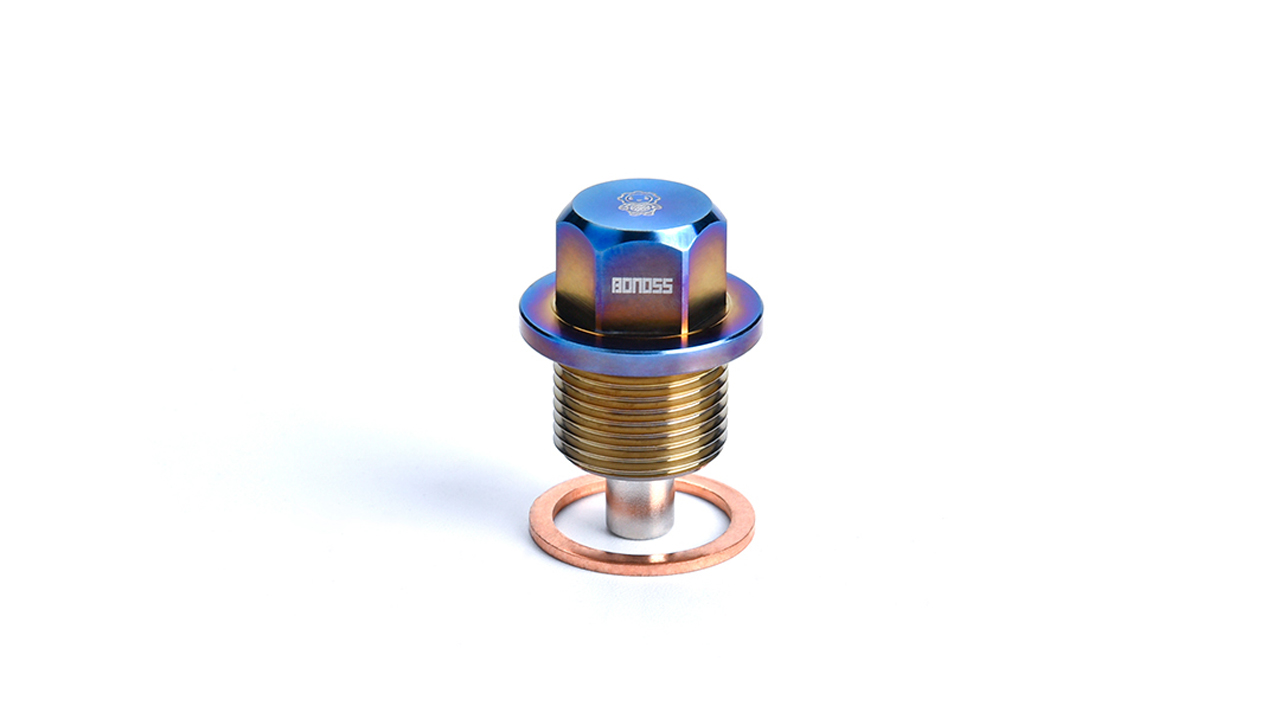
If you’re looking for a well-built magnetic oil drain plug, these factors below will help you stay away from those low-quality drain plugs:
- Firstly, check out whether the head diameter and thread pitch are compatible with your oil pan;
- Secondly, find out the material. High strength Titanium alloy makes the plug work well at extreme temperatures up to 400 to 500°C;
- Thirdly, find out whether it comes with a neodymium magnet and a pure copper gasket. A neodymium magnet provides stronger magnetism and a pure copper gasket better seals off the drain hole;
BONOSS only made the best magnetic oil drain plug for protecting your engine. Not only do we offer magnetic oil drain plugs of top quality on the market, but we also offer great customer service and fast shipping for all orders. You can check out our catalog of magnetic oil drain plugs and look up your vehicle to see what options we have.
Step 1: Run your engine
If you have a magnetic oil drain plug available, the first thing you need to do is to prepare some hand tools like a socket wrench and a torque wrench. Now, run your engine for only a couple of minutes, warm the motor oil, because a warm oil drains faster than cold. But don’t make your engine reach the full operating temperature, because the oil will be too hot to safely drain.
Step 2: Lift your vehicle safely
You can do this with a car lift or drive your car onto two ramps. Making sure your car pack on a level surface safely. Remember to apply the parking brake and then remove the key. To add insurance, you can place chucks behind each wheel to prevent a sudden slip. Get your safety glasses and gloves on.
Step 3: Find out the oil drain plug
The vehicle’s service manual will help you locate the oil drain plug. Before removing the drain plug, remember to position an oil waste pan beneath the oil drain plug. This ensures the oil flow at an angle into the waste pan. And then, loosen the plug with a socket wrench.
Step 4: Drain the old engine oil
Now carefully unscrew the stock plug by hand, but don’t completely remove it. Hold the plug to keep oil from rushing out until you are ready to remove the plug from the hole. Removing the filler cap will make the draining process faster because air can enter from the top. You can locate it with the help of your owner’s service manual. Be cautious! The draining oil may be hot.
Step 5: Install BONOSS magnetic oil drain plug
When all the old oil is drained, remove the stock oil plug by hand. Wipe the drain hole with a soft cloth, make sure the contact surface is clean. Carefully install BONOSS magnetic oil drain plug. Tighten by hand, making sure it’s not cross-threaded. Just put it in place and fasten them a bit. After the magnetic plug is hand-tight, use a torque wrench with the manufacturer-recommended torque specification to secure it properly. The plug kit includes a pure copper gasket (or Fluorine rubber ring), don’t leave it aside. It helps seal off the drain hole, preventing the oil pan from unwanted leaks. Never over-tighten the drain plug.
Step 6: Pour in new oil and check for leaks
Pour in the proper amount and type of motor oil specified for your vehicle. Then run your engine, check the area around the oil drain plug to see if there is an oil leak. If there is a leak, stop the engine and repair it. If there is no leak, shut off the engine and let it rest for a few minutes to make the oil drain down.
Step 7: Finish up
Remove all the chucks and drive off the ramps safely. Now, you’ve completed the installation of a new oil drain plug! Remember to dispose of old oil and the oil plug properly. It is always a great idea to regularly inspect the tightness of the oil drain plug, especially soon after installation. Give the drain plug another check after 25,000 miles of driving to make sure they’re still in place well and tightly.

